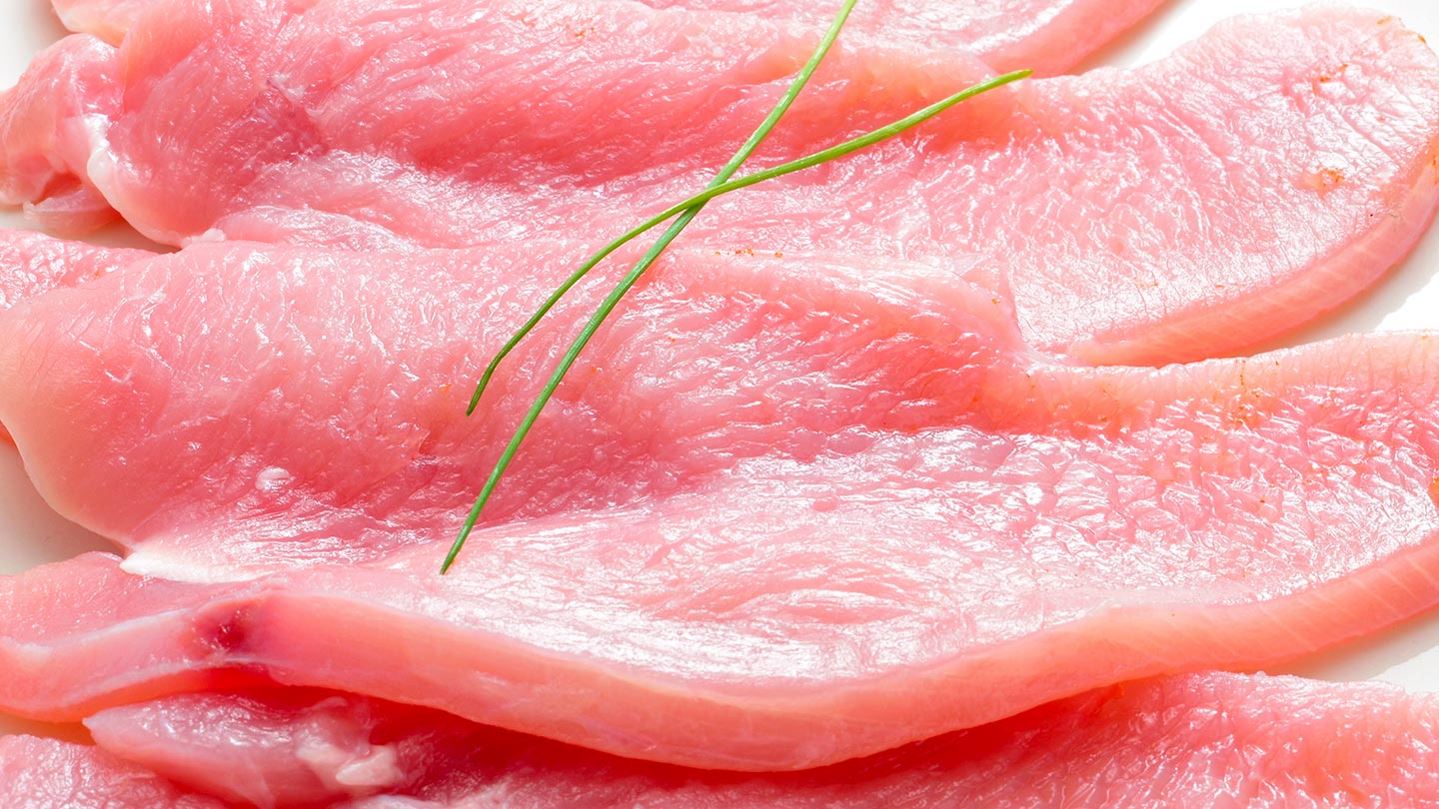
生鲜暗色禽肉
气调包装:一种有效延长生鲜暗色禽肉产品保质期的方法。
食品:暗色家禽肉末、其他去皮家禽、去皮鸡、去皮火鸡、切片黑色家禽、火鸡碎肉、其他食品
推荐的混合气体
70%的 O2
30%CO2
上面列出的气体和混合气体仅供一般指导使用。为了确定适合您的产品和工艺的气体配比,我们建议您在空气产品公司气调包装专家的帮助下进行产品试验。
储存温度
法定最高限值*:8摄氏度
推荐温度:-1°C 至+ 2°C
可获得的保质期
在空气中:3-5 天
使用气调包装:7-14 天
主要腐败生物机制和机理
假单胞菌类(空气中)、环丝菌类、乳酸细菌、肠杆菌科、酵母菌和霉菌。
引起食品中毒的危害包括
梭状芽胞杆菌类、沙门氏菌类、金黄色葡萄球菌、李斯特菌、弯曲菌类、大肠杆菌和大肠杆菌0157[9]。
典型的气调包装设备
零售
• TFFS–热成型-充填-密封
• PTLF–预制托盘和覆膜
典型包装类型
零售:托盘和包装膜
典型的气调包装材料示例
零售
托盘:
• PVC / PE
• APET /聚乙烯
• HDPE
覆盖膜:
• PET / PE-EVOH-PE
• OPA / PE-EVOH-PE
• OPP / PE-EVOH-PE
• PET / PVdC / PE
对于某些红色的生鲜家禽,主要的腐败机理是有氧微生物生长以及使红色素氧化为棕色的氧化反应。
好氧腐败细菌,尤其是假单胞菌通过在气调包装中加入二氧化碳可以非常有效地抑制其生长 必须使用高浓度的氧气,才能使红色的生鲜家禽产品长时期维持住理想的红色。
为了达到保持红色色泽稳定性和抑制微生物生长的双重效果,建议使用含有30%二氧化碳和 70%氧气的混合气体 建议的气体和产品比为2:1。 气调包装的红色生鲜家禽产品能否达到保质期取决于其品种、脂肪含量、初始微生物含量、所使用的混合气体以及存储温度。
在推荐的温度下储存、良好的卫生和操作规范、以及食用前充分烹饪,有助于大幅减少引起食品中毒的危害。
** 1995 年食品安全(温度控制)条例规定,冷藏易变质食品的最高存储温度为 8摄氏度。 在科学证明合理的情况下,可以灵活地对此进行更改。 如需了解合法的温度存储要求,请联系坎普登和乔利伍德食品研究协会。